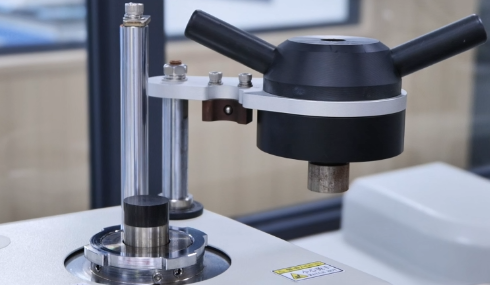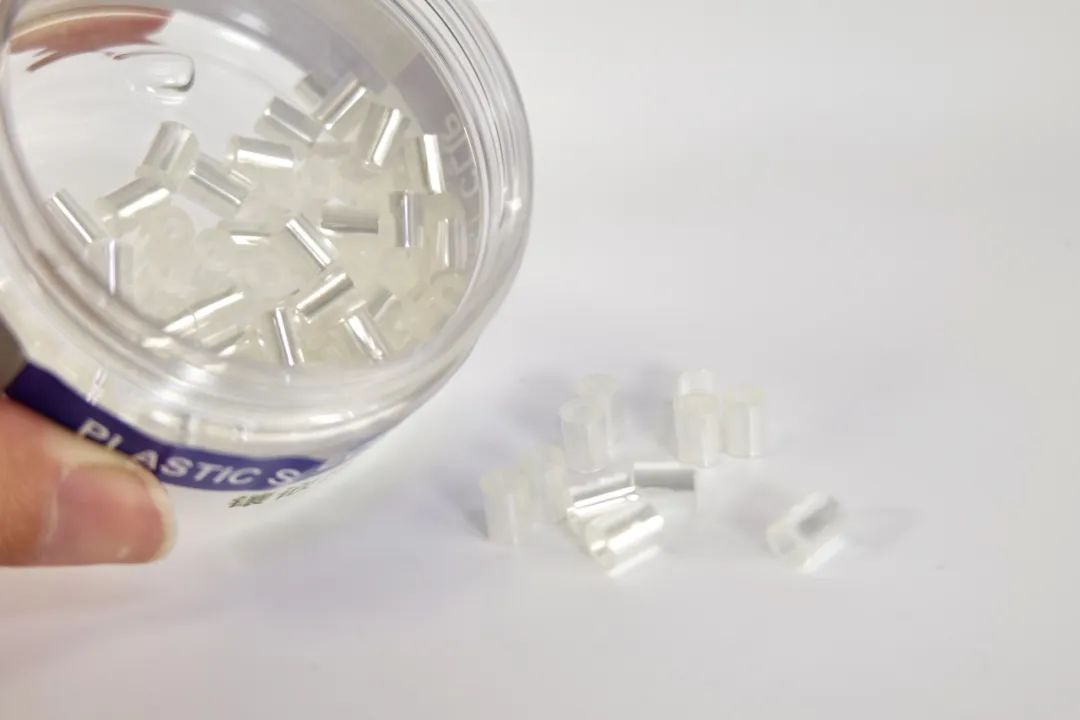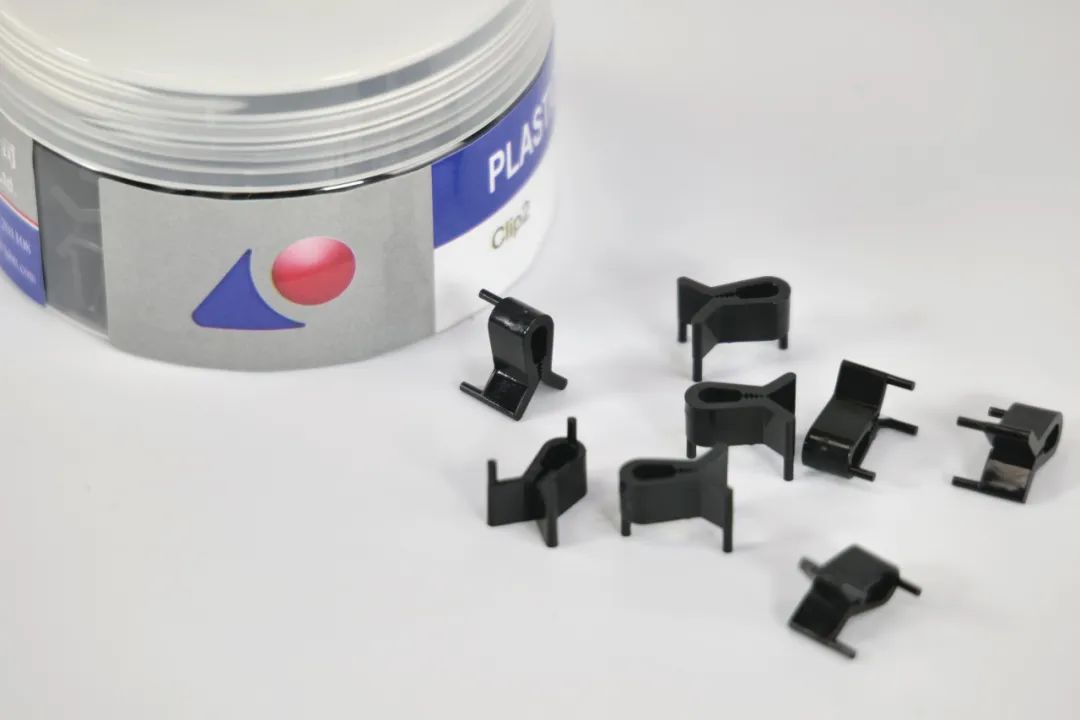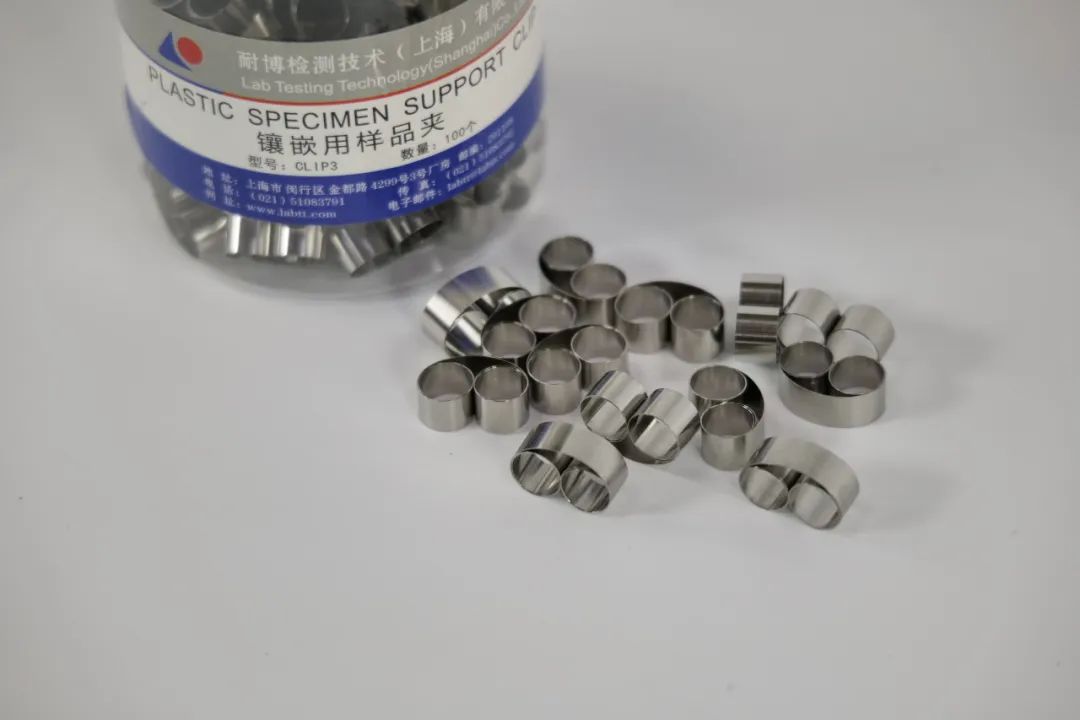LATEST NEWS
Press releases & Product news
How can you secure your sample like this? Have you tried these mounting tips?
2025-08-18

During the sample mounting process, securing the sample before mounting is crucial. Today, we'll share several sample securing methods used by industry experts. Have you tried them?

Method 1: Double-Sided Tape
This is what it means to "turn office supplies into experimental tools"! Double-sided tape is readily available and incredibly convenient for temporarily securing small samples. However, experienced users know that the adhesive surface can easily cause unevenness in the mounting material, requiring more time and effort to polish.
Method 2: Specimen Mounting
This method is like "building blocks" for samples! Find a thick specimen and attach the sample to it with 502 glue. It's especially suitable for thin, tiny samples, sometimes eliminating the need for mounting. However, the problem is: suitable specimens are hard to come by, and the adhesive joints can easily harbor dirt, affecting your observations.
Method 3: The Pro's Choice: Specimen Holders for Mounting
Finally, it's time for the pros to take the stage! This LABTT specimen clamp is tailor-made for mounting experiments, available in either plastic or stainless steel to meet diverse needs.
CLIP1 Mounting Specimen Clamp:
Made of plastic, it clamps thin specimens using two tightly contacting rounded surfaces. Suitable for cold mounting, it allows thin specimens to be vertically supported for cross-section observation.

CLIP2 Mounting Specimen Clamp:
Made of plastic, Ω-shaped, with three rods for support. Suitable for cold mounting, it allows thin specimens to be vertically supported for cross-section observation.

CLIP3 Mounting Specimen Clamp:
Made of stainless steel, it clamps thin specimens using two tightly contacting rounded surfaces. Suitable for hot mounting, it allows thin specimens to be vertically supported for cross-section observation.

While the first two methods may seem cost-effective, anyone who has actually conducted comparative experiments knows that professional tools are the key to professionalism. LABTT's dedicated mounting specimen clamp not only saves significant processing time, but more importantly, ensures the accuracy of your experimental data.
Next time you're mounting a specimen, give this "fixing tool" a try! After all, in scientific research, choosing the right tools is often half the battle.


